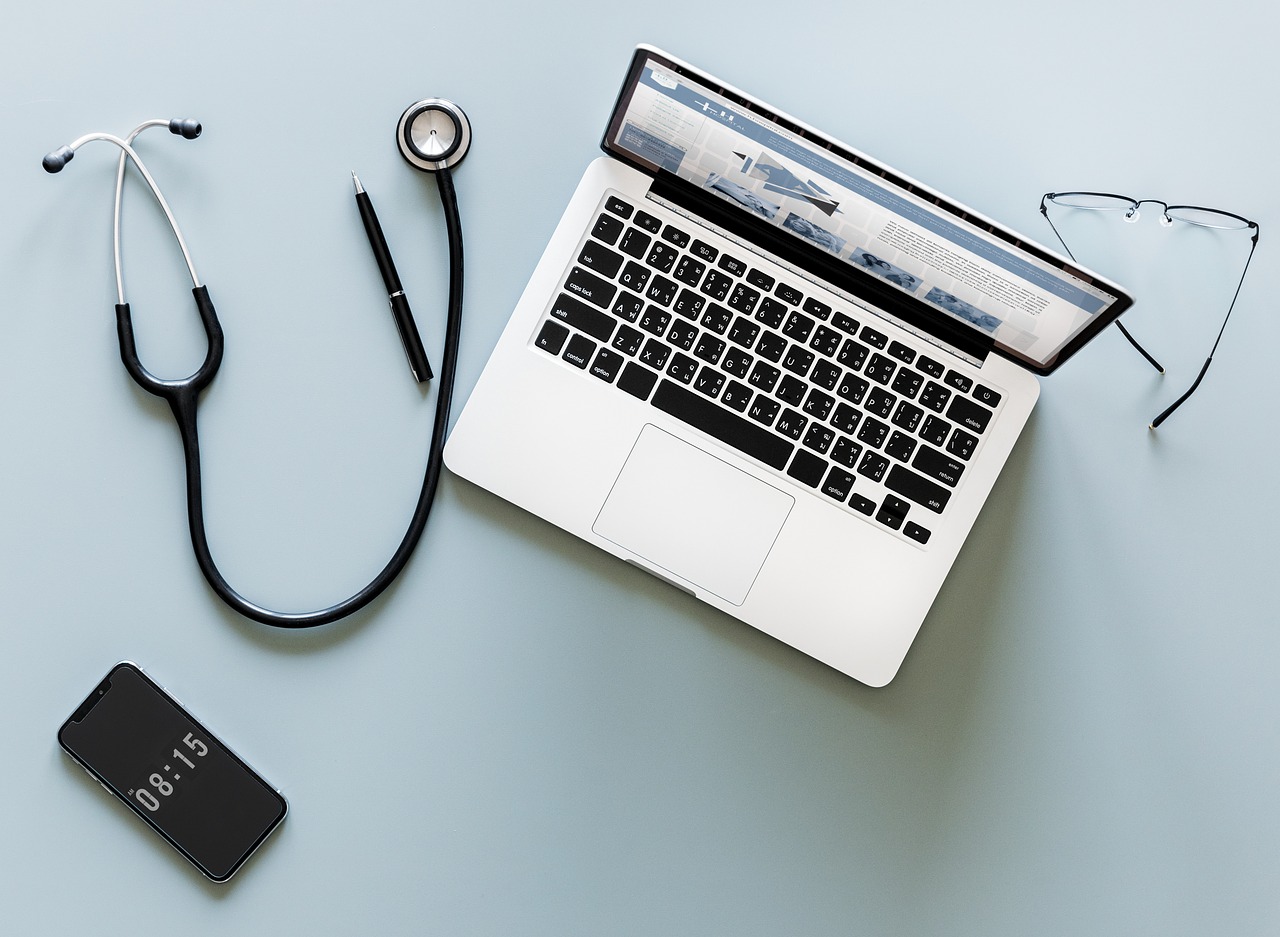Today, healthcare finds its safest support in technology.
Healthcare sector is recently facing many challenges that technology could easily resolve or at least provide a workaround. Some of the key challenges are an ageing population, rise in chronic diseases, and increased the cost of healthcare services.
Inside the new healthcare ecosystem, technology has a greater role to play, as of the realization that high-quality healthcare service until reaches to the greater masses would not be able to achieve its full potential.
For example, a national poll conducted in 2016 finds that 40% of young adults didn’t go for a recommended medical test or treatment. This trend reflects the problem in the patient’s culture that technology could solve.
Here we have enlisted 8 healthcare technology predictions that are going to rule 2019 and will truly transform the Healthcare industry.
Top 8 Healthcare Technology Predictions
These healthcare technology predictions are focused on understanding the potential of technology to disrupt the healthcare market and its role in achieving better patient outcomes.
1. Data Analytics: A Shift in Focus on Big Data to “Small Data”
Healthcare service providers will shift their emphasis on data that would help them enhance clinical and operational processes. This is not Big Data.
This is mainly organization data, which will give them visibility into the system. Besides, digitally-engaged patients will also bring their own data, which healthcare providers can use to learn about their behaviour.
With visibility, they can identify the gaps in the processes, so that they can take effective measures to bridge the gaps.
2. Widespread Adoption of Digital by Default Strategies
In 2019, many healthcare service providers will strive to break the shackles of a legacy system to adopt digital by default strategies.
Healthcare companies will be seen favoring an organizational culture that promotes digital channels of communication. This is understandable because consumer trends are changing, and any business entity would like to remove assumptions and inefficient second guesses from every decision they make.
According to IDC, by 2022, two-thirds of the market of the companies will be gone if they will not digitally transform their processes at a rapid pace.
3. Optimizing Patient’s Digital Experience
Since most of the healthcare service providers will be in competition to adopt digital technologies, it will pave the way for a better digital experience of patients.
In the era of Smartphones, consumer expectations are rising. And to meet these expectations, hospitals and other healthcare centers must need to drive an innovative digital culture within and outside the organization to optimize the patient experience.
IDC’s annual research report, FutureScape: Worldwide Health Industry 2019 Prediction, reveals that around 60% of healthcare providers will step optimize the digital patient experience.
4. Clinical Apps with Ambient Interfaces
Healthcare providers will find their own digital accelerators to enable real-world clinical applications with ambient interfaces collect, analyze, and deliver crucial information to them.
According to the IDC research report, 50% of clinical apps interfaces will be integrated with advanced technologies like sensors and speech recognition as their primary data capture model. Powered by AI, the data quality will improve by 40%.
Ambient interfaces, also known as ambient intelligence use the whole environment of the user for the interaction between the user and the system. The interface design facilitates smooth and easy and smooth cooperation and coordination among geographically dispersed team members and customers. However, you have to closely work with an experienced software development company to realize the maximum benefits.
5. Increased Role of CDS Tools
Use of Clinical Decision Support (CDS) tools will be in trend. These tools make the right information available at the right point of time to clinicians, staff, and patients.
CDS tools include computerized alerts and reminders, generate condition-specific order sets, develop patient data reports and summaries, and provide diagnostic support.
Healthcare segment will witness a surge in Hospital EHR deployments, including evidence-based clinical decision support tools linked to CPOE (computerized physician order entry) and care management system.
6. The Internet of Bodies (IoB)
In 2019, we will be identifying new applications of wearable technology based on Internet of Bodies (IoB). Smart devices have already blurred the line between human and machine. With the Internet of Bodies (IoB), high-tech healthcare solutions will become a part of an emerging healthcare sector.
According to Northeastern University law professor Andrea Matwyshyn, who works also as co-director of Northeastern’s Center for Law, Innovation, and Creativity (CLIC), “the Internet of Things (IoT) is moving onto and inside the human body, becoming the Internet of Bodies (IoB),”.
Some common examples of IoB are electronic pills with sensors can report back health data from stomach to smartphones, smart contact lenses to monitor glucose level, and self-tuning brain implant being tested to treat Alzheimer’s and Parkinson’s.
7. One Device for All Field Duties
As mobile technology is growing, operational effectiveness will reach its peak. Healthcare providers will not shy away to use the potential of Smartphones to connect with their medical representatives on the field.
Use of mobile tech will also enable healthcare providers to engage with pharma reps and drive better results through effective management of field duties.
8. Improved Cybersecurity Capabilities
With enhanced cybersecurity capabilities, healthcare providers will leverage machine-learning and AI-algorithm advances to track their IT system health and thwart hackers.
Improve cybersecurity will also facilitate automated threat detection systems to healthcare organizations. They will be able to provide relevant information to their staff in advance and implement cybersecurity best practices more efficiently.
Conclusion
In 2019 and beyond, these trends will dominate the healthcare industry for good. However, it completely depends upon healthcare leaders how effectively they can harness the new technology and reap the benefits out of it.

